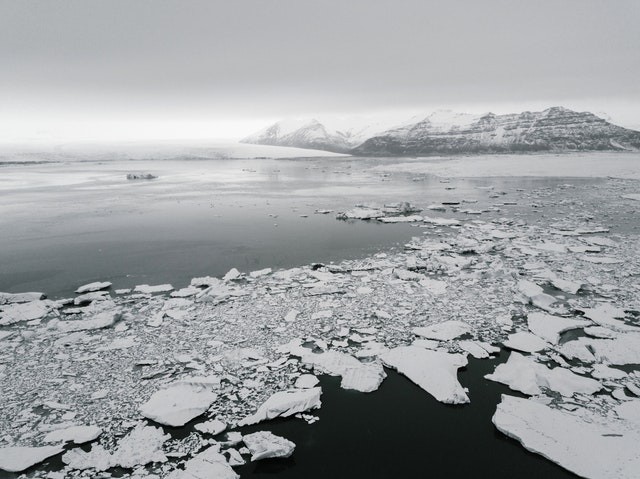A vast breeding colony of millions of icefish, which is believed to be the world's largest, has recently been discovered in the ice-covered Weddell Sea of Antarctica.
As specified in a CNN Report, the captivating discovery reveals how little is known about the ocean's depths.
This massive colony is home to the extraordinary fish species, Neopagetopis ionah, also known as icefish. It is characterized by a transparent skull and blood. More so, they are the only vertebrates without red blood cells.
To endure such low temperatures, this species has evolved an anti-freeze protein in its translucent blood, preventing ice crystals from growing.
ALSO READ: Endangered Species: Classification of These Two African Elephant Types Has Now Been Downgraded

A vast breeding colony of millions of icefish, which is believed to be the world’s largest, has recently been discovered in the ice-covered Weddell Sea of Antarctica.
Discovery of the Breeding Colony
The gigantic breeding colony was first discovered by the German polar research vessel Polarstern in February 2021. The said vessel was surveying the seabed roughly half a kilometer beneath the ship.
A camera system attached to the ship's stern with a size similar to a car was used to transmit pictures up to the deck as it undergoes towing.
According to postdoctoral researcher Autun Purser from the Alfred Wegner Institute in Bremerhaven, Germany, they just saw "fish nest after fish nest" for the entire four hours, and during that time, they covered around six kilometers of the seafloor.
Purser is the lead author of a study on the said colony, published in the Current Biology journal. Describing the discovery, he said, he had never seen anything like that in over a decade as an ocean scientist.
After that particular five, he added that they emailed the experts onshore who know fish like the species discovered. The latter said yes, and the discovery was unique.
A Surprising Find
Four more camera dives showed the breeding colony's dramatic extent, as well as its remarkable uniform nature, ABC 17 News said in a similar report.
Biology professor John Postlethwait from the University of Oregon, who is into fish research but was not part of the study, explained, this is a "surprising discovery."
He added, it is also substantial; the biomass's extent is to him "at least unexpected." More so, such an extent to which the fish change the sediment crates' bottom assembly, a habitat for community rippling up the food web in support for a massive variety of species.
The researchers described the colony as covering more than 240 square kilometers in their study. On average, a single nest for each for every three square meters approximated that the colony comprises approximately 60 million active nests.
Guarding the Eggs
The study authors have deployed a pair of camera systems to monitor the icefish nests until the return of a research vessel. The hope is that images from the camera will capture more details about the fish nest ecosystem.
One of the questions scientists seek to answer is, how long the adult fish can guard the eggs? According to experts, they suspect "it could be months." Another question is if it was the male or female watching the eggs.
It appears, according to H. William Detrich, an icefish expert who was not part of the study and professor emeritus of biochemistry and marine biology at Northeastern University, it seems that the reproductive behavior of the majority, if not all icefishes, the species revolves around courtship between male and female through building a "good nest."
The research findings presented a globally distinctive ecosystem; the study authors added that it should be considered and labeled a "protected area."
Detrich explained, the insinuations for conversation of such species are clear. Specifically, a marine-protected site needs to be established in the Weddell Sea to stop the exploitation of icefish species.
Report about the discovery of the world's largest icefish colony is shown on Mr. Ko News's YouTube video below:
RELATED ARTICLE: This Fish Is the First of Its Kind To Domesticate Other Animals
Check out more news and information on Fish on Science Times.














